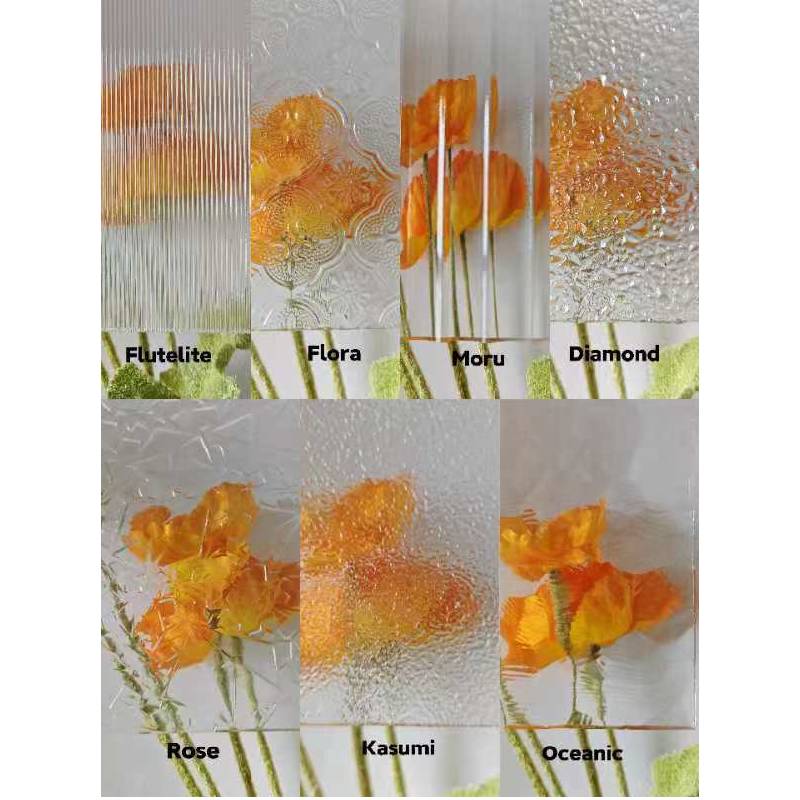

Understanding Half-Silvered Mirrors A Guide to Buying
A half-silvered mirror, also known as a beamsplitter, is a fascinating optical device that has applications across various fields, including photography, scientific research, and telecommunications. As you consider the purchase of a half-silvered mirror, it's important to understand what it is, how it works, and the factors to consider when buying one.
What is a Half-Silvered Mirror?
A half-silvered mirror is a type of mirror that reflects some light while allowing other light to pass through. This unique property is achieved by coating a glass surface with a thin layer of silver or another reflective material. The thickness of this coating determines the percentage of light that is reflected compared to the light that is transmitted. Typically, these mirrors reflect about 50% of the incoming light while allowing 50% to pass through, although they can be customized for different reflective ratios.
These mirrors are commonly used in optical setups like interferometers, laser applications, and various imaging techniques. Their ability to manipulate light makes them essential in both experimental setups and high-tech devices.
Applications of Half-Silvered Mirrors
Half-silvered mirrors have a plethora of applications ranging from research laboratories to consumer products. Here are some noteworthy examples
1. Optical Instruments In interferometry, beamsplitters are used to split light beams, allowing for measurements of light interference patterns which can provide critical information in physics and engineering.
2. Telecommunications Beamsplitters play a vital role in fiber optics and signal routing, helping to manage the flow of light signals in communication networks.

4. Virtual Reality and Augmented Reality In head-mounted displays, these mirrors are instrumental in creating the illusion of 3D space by effectively managing light paths.
Factors to Consider When Buying
When you decide to purchase a half-silvered mirror, several factors should be taken into account
1. Reflection Ratio Determine the specific reflection and transmission ratios you need for your application. Different coatings will provide different ratios, so choose one that meets your project's requirements.
2. Wavelength Range Ensure the mirror is compatible with the wavelength of light you plan to use. Some mirrors are optimized for visible light, while others may be suitable for infrared or ultraviolet applications.
3. Size and Shape The dimensions of the mirror should fit your experimental setup. Whether you need a large, flat panel or a smaller piece, verify that the size is adequate for your intended use.
4. Quality of Coating Look for mirrors with high-quality coatings that provide durability and longevity. Inferior coatings may degrade quickly and alter the reflective properties of the mirror.
5. Price Half-silvered mirrors come in a range of prices. While it may be tempting to buy the cheapest option, consider the long-term implications of performance and durability.
Conclusion
Investing in a half-silvered mirror can significantly enhance your optical setups and projects, whether you are in a research lab, a studio, or even at home. By understanding the principles behind these mirrors and considering the necessary specifications before making a purchase, you can ensure that you acquire a product that meets your needs. With the right half-silvered mirror, you'll be well-equipped to explore the vast world of optics and light manipulation.